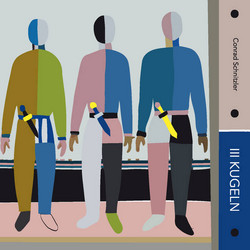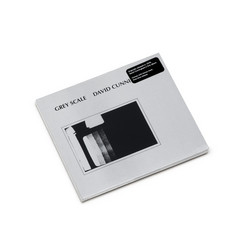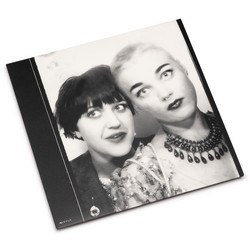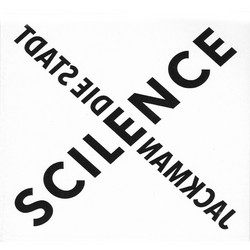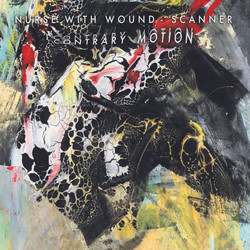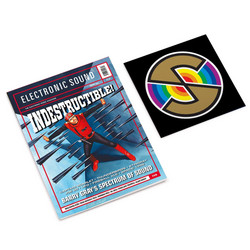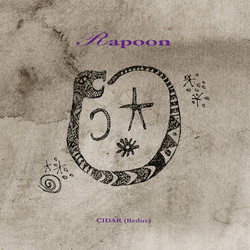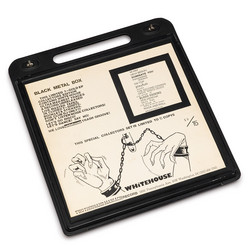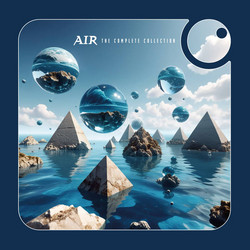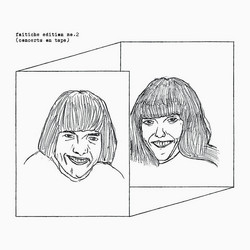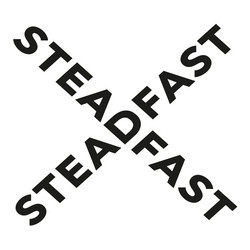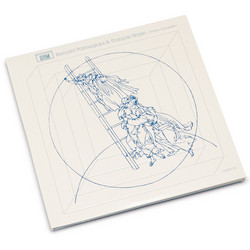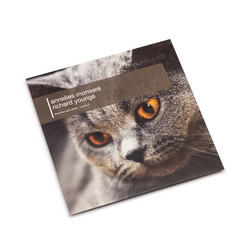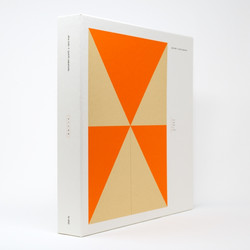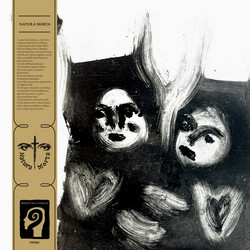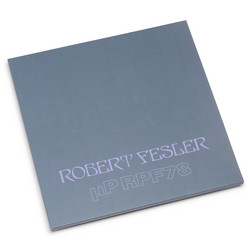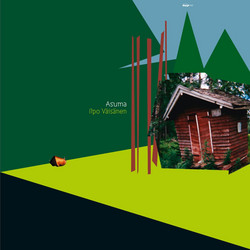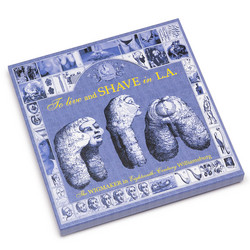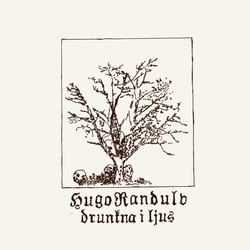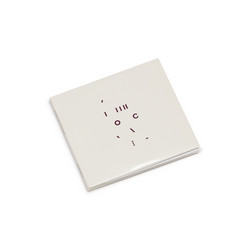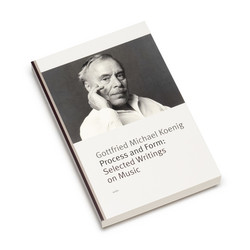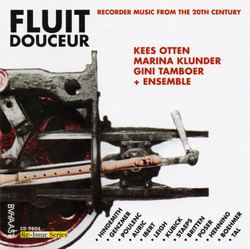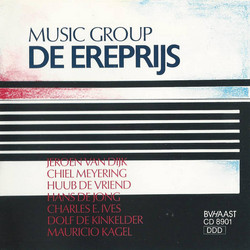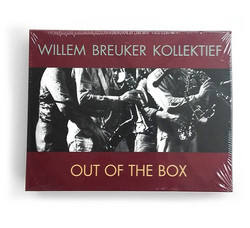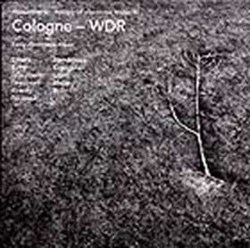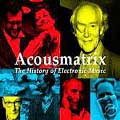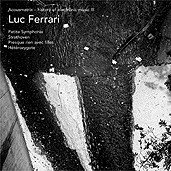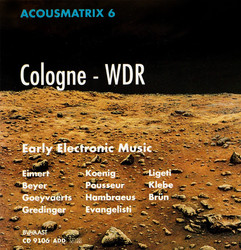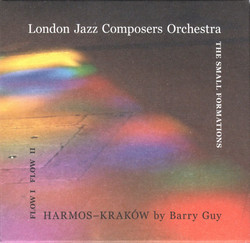Gottfried Michael Koenig
Acousmatrix 1|2
Bvhaast's Acousmatrix series was originally released around 1990; a total of 7 releases (9 discs) that acted as some of he defining documents of early electronic and tape music. They were recently reissued as a complete 9CD boxset (BVHAAST 0206), or are now also available as separate volumes (in new 2006 designs that are quite striking and appropriate). "Composing and generating sound via computer technology as early as the mid-'60s, Gottfried Michael Koenig was a pivotal force in cementing the emerging relationship between music and electronics. Born in Magdeburg, Germany in 1926, Koenig studied composition at the Detmold School of Music before relocating to Bonn, where he pursued his interest in computer engineering. Between 1954 and 1964, he worked alongside Karlheinz Stockhausen at the electronic music studios of the Westdeutscher Rundfunk (WDR) in Cologne, collaborating with other aspiring composers including Gyorgy Ligeti and Mauricio Kagel; in 1956, Koenig completed his first major electronic piece, 'Klangfiguren II,' followed a year later by 'Essay.' During the early '60s, Koenig began writing a program -- named simply 'Project 1,' or PR1 -- designed to compose and generate music via the computer; when in 1964 he accepted the position of creative director with the Institute for Sonology in Utrecht, Holland, he took the software with him, putting on the finishing touches three years later. While at Utrecht, Koenig also began experimenting with the Variable Function Generator, a machine developed by physics student Stan Tempelaars, able to generate sound using roughly the same technology as an analog sequencer. Hitting upon the idea of treating the VFG as an oscillator, between 1967 and 1969, Koenig used the machine to compose a series of groundbreaking pieces known collectively as the 'Funktionen.' In 1968, Koenig also began work on a second program, PR2; its complicated design made it difficult to use, however, and so PR1 remained his primary outlet for computerized composition. He continued tinkering with PR1 for years to follow, in 1978 introducing VOSIM oscillators to the project to create an extended program christened 'PRIX'; a series of subsequent additions resulted in another upgrade, 'PRIXM,' and the completion of 1979's 'Output.' When the Institute of Sonology was relocated to the Hague in 1986, Koenig retired from his post to focus full-time on computerized composition as well as developing new musical programs; in 1991, he also published the first in a series of theoretical writings titled Aesthetic Practice. Pieces here include [Disc 1] 'Klangfiguren II.' 'Essay,' 'Terminus I and II,' 'Output,' [Disc 2] 'Funktion Rot,' 'Funktion Grau,' 'Funktion Violett,' 'Funktion Blau,' 'Funktion Indigo.'"
Details
Cat. number: BVHAAST CD 9001/2
Year: 1999
